May 18, 2025 | 17:24 GMT +7
May 18, 2025 | 17:24 GMT +7
Hotline: 0913.378.918
May 18, 2025 | 17:24 GMT +7
Hotline: 0913.378.918
Terrariums are compact botanical gardens enclosed within small, airtight glass containers. As complete and active plant ecosystems, they are mostly capable of supporting themselves. The plants self-hydrate through the process of transpiration and condensation. The model incorporates several elements of different sizes, such as little rocks, soil, plants, and decorative materials.
By seeing through the transparent glass, it is easy to witness the natural progression of the healthy biosphere outside the limited area.
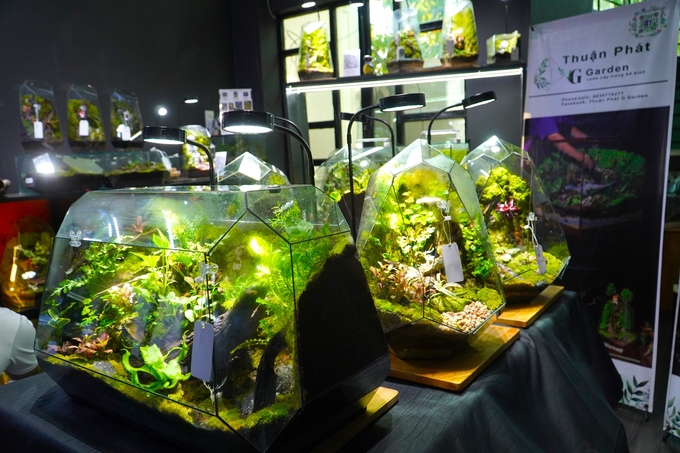
Terrarium - the art of growing plants in glass vases, simulating the natural habitat of the plant ecosystem. Photo: Kim Anh.
The model has flourished and become a symbol of aesthetics in numerous places across the world. However, in Vietnam, the art of terrariums has lately gained popularity after a few years and has captivated the interest of people who have an affection for green environments.
Mr. Do Thien Ha, a trailblazer in introducing the terrarium planting concept to Can Tho City, explains that many urban dwellers are familiar with hydroponic gardening at home, which requires a significant amount of time spent on changing the water.
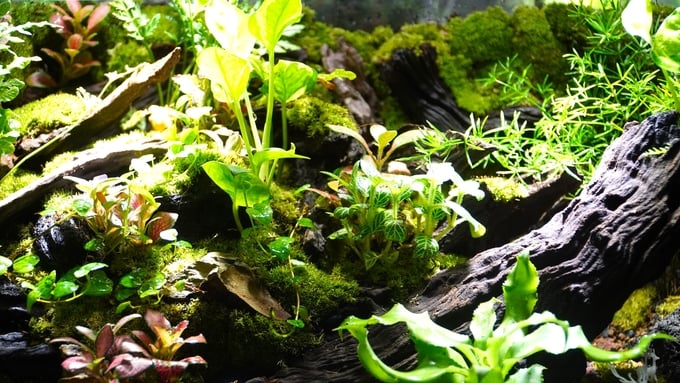
Gravel, soil, substrate, plants... are placed in a jar or glass vase and nourished for the flora to grow well. Photo: Kim Anh.
Consequently, he embarked on a process of studying, evaluating, and testing terrarium gardening in order to introduce a tiny green ambiance into the house.
Ha said that terrarium planting involves more than just placing soil and plants within a glass container. Using his unique techniques, he researched strategies to enhance the plant's ability to withstand the specific temperature and climate conditions of the area. Simultaneously, strive to enhance advances in science in order to enable plants to effectively adapt and flourish in front of unforeseen climate fluctuations.
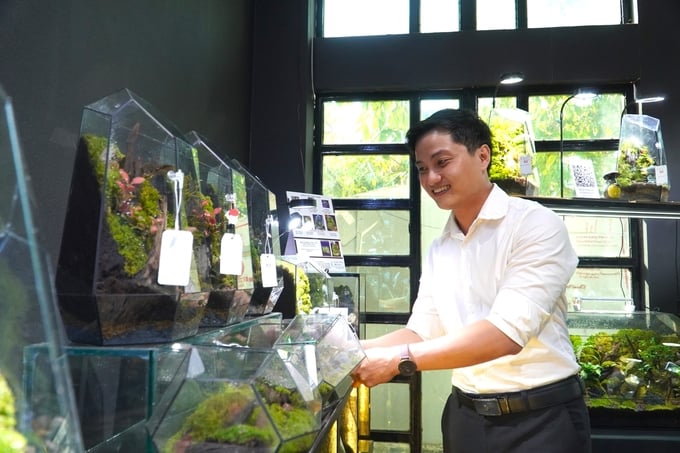
Mr. Do Thien Ha is a pioneer in developing the terrarium growing model in Can Tho City. Photo: Kim Anh.
Following over a year of constructing terrarium planting designs, Mr. Ha officially presented the formation of Thuan Phat G Garden Company. The first products received special recognition from customers.
In order to produce the products, Mr. Ha explained that they must undergo multiple steps. Artisans are required to digitally sketch the design of the jar, physical criteria such as load-bearing capacity and arranging the interior of the jar in a logical manner.
In addition to that, there is the procedure of separating short branches from green plants that possess strong resilience and thrive in high humidity habitats and low light conditions, similar to those found in a terrarium jar. Position each layer of substrate, soil layer, and plant in their respective placements.
Artisans dedicate varying amounts of time, ranging from several hours to a full day, to meticulously make a product, depending on its complexity, size, and scale.
At now, terrariums consist of two distinct ecosystems: closed and open. In closed terrariums, the jar is fully isolated from the external environment. The primary material used is glass, which is available in many shapes such as diamond or natural stone blocks.
For open terrarium items, the jar will be specifically built to maintain continuous contact to the surrounding atmosphere.
The soil mixture utilized for planting trees in a terrarium jar consists of mud charcoal, vermiculite stone, perlite stone, gravel, slag, volcanic rock, activated charcoal, and moss, etc. These components will facilitate the ecosystem in the jar to achieve optimal growth and acclimation to environmental conditions such as humidity, temperature, light, air, etc.
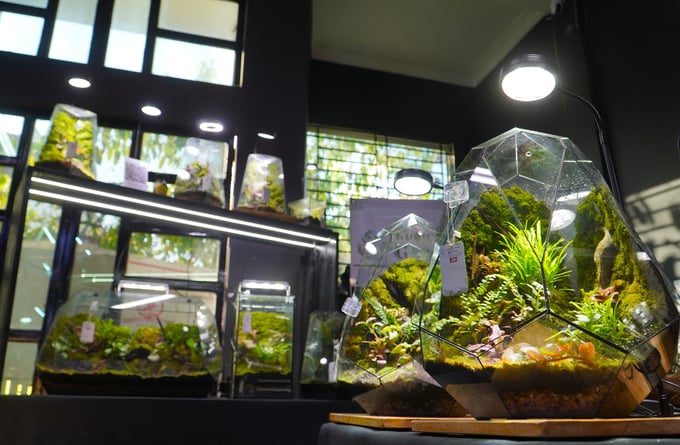
With many different styles, the art of growing terrariums is suitable for the current context of urbanization. Photo: Kim Anh.
Customers receive detailed instructions on how to maintain a balanced temperature, humidity, light, and water circulation while caring for the terrarium jar. Mold is particularly worrisome due to the presence of germs in the soil that might lead to illness. To ensure optimal plant growth, it is necessary for users to keep the temperature within the jar between the range of 25 to 28 degrees Celsius, and the humidity level between 80 to 90%.
Mr. Ha further emphasized that customers should decrease the frequency of watering and open the jar door daily during the care process. At the same time, place the jar in a cool, well-lit area for an additional 8 - 10 hours of light and trim old leaves, and moss.
Presently, Mr. Ha has introduced a wide range of products catering to different sizes, pricing, and user preferences. These include terrarium eggs, cylindrical jars, polygonal jars, as well as customized designs based on specific specifications and dimensions. The rates vary from 150,000 VND to 14 million VND. The largest product in their line is the huge egg, measuring 30x30x42 cm.
Translated by Linh Linh

(VAN) Minister of Agriculture and Environment Do Duc Duy held a meeting with Soopakij Chearavanont, Chairman of C.P. Group, on May 15.
/2025/05/16/3800-0-nongnghiep-143756.jpg)
(VAN) Suntory PepsiCo Vietnam coordinated with the Ministry of Education and Training to implement an education program on water conservation, reaching nearly 1 million primary school students nationwide.
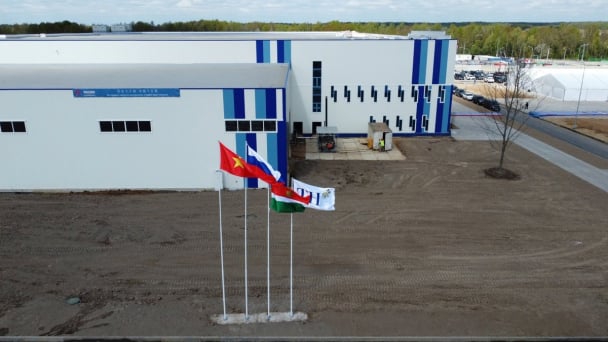
(VAN) Vietnam’s TH Group officially put its high-tech fresh milk processing plant into operation in the Russian Federation, marking a historic moment as the first TH true MILK cartons were produced in Russia.
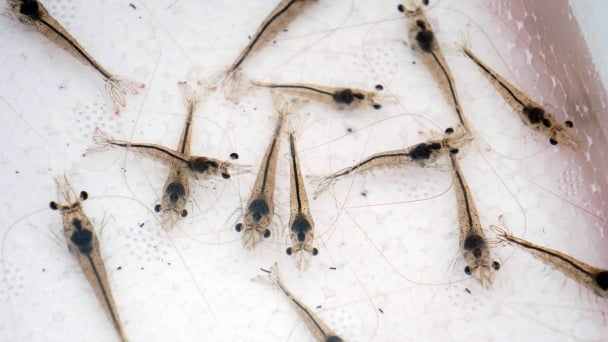
(VAN) Use of high-quality broodstock and biotechnology is regarded as the most effective approach to ensuring sustainable and economically viable shrimp aquaculture ahead of climate change and the emergence of increasingly intricate disease patterns.
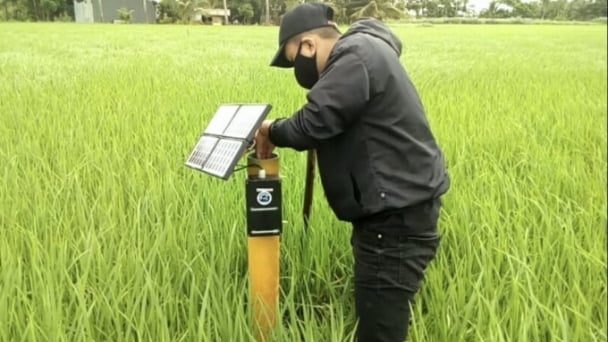
(VAN) Carbon farming is a form of agricultural practices that helps absorb more greenhouse gases than it emits, through smart management of soil, crops, and livestock.
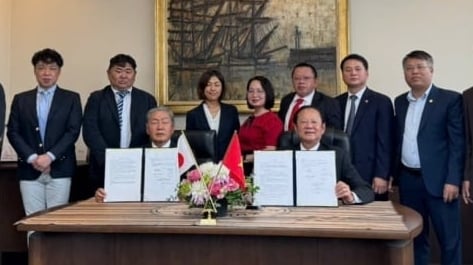
(VAN) This is a key content of the Memorandum of Understanding recently signed between the Vietnam Fisheries Society and Kunihiro Inc of Japan.
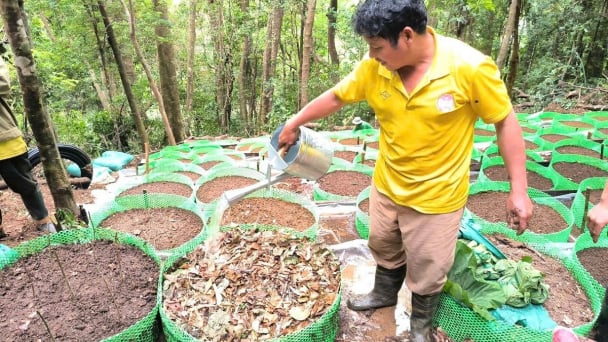
(VAN) To achieve the goal, local authorities and businesses in Kon Tum province have fully prepared the necessary conditions for the new Ngoc Linh ginseng planting season.